
Fiat Tipo Hatchback (2016-2023) running costs and reliability

Miles per pound (mpp) ⓘ
| Petrol engines | 4.8 - 7.5 mpp |
|---|---|
| Diesel engines | 6.2 - 7.2 mpp |
Fuel economy ⓘ
| Petrol engines | 32.8 - 51.4 mpg |
|---|---|
| Diesel engines | 48.7 - 56.5 mpg |
- New models offer one mild-hybrid engine
- Used diesels offer best economy
- Maintenance should be cheap
What are the running costs?
Fiat has rationalized the Tipo down to just one engine, and the results aren’t good. The single mild-hybrid petrol engine is expensive to buy and not a great deal more efficient than the much cheaper 1.0-litre turbocharged petrol that was discontinued in 2022.
Perhaps surprisingly you won’t find a vast improvement in fuel economy or emissions by opting for the Hybrid model. Official consumption is pegged around 54mpg, and emissions at 120g/km – though we couldn’t confirm these to be totally accurate on our very short Italian test route. We’ll update this page when we drive the Hybrid in the UK.
View detailed MPG and CO2 figures on the Fiat Tipo specs pages
What about a used Fiat Tipo?
Fiat has offered the Tipo with a wider range of engines in previous years, so when buying nearly-new or used you will find both diesel and petrol models. Both 1.3 and 1.6-litre diesel options achieve 76.3mpg claimed economy, unless you choose the DCT dual-clutch automatic gearbox and it falls to 74.3mpg.
The petrols don’t perform as well, with the 95hp 1.4 being the most economical here, returning up to 49.6mpg on the combined cycle. Next is the 1.4-litre T-Jet claiming up to 47.1mpg, while the auto-only 1.6-litre E-Torq returns 44.8mpg.
These figures are under pre-WLTP test conditions, and aren’t directly comparable with the current engine; adjusted figures suggest less than 56mpg for the diesel, and 40mpg for older petrol models – you’ll get better economy with the later 1.0-litre engine.
This turbo three-cylinder design follows the current cutting-edge trend for small, high output turbocharged petrols rather than diesel, but it lacks the sophistication of mild-hybrid on offer in other Fiats (and related Jeeps) – so, clever as it is, it’s clear the Tipo’s been held back to keep it affordable. It delivers between 49 to 51mpg depending on trim level, with the Tipo Cross being the thirstiest.
The big win is in emissions – despite that lack of battery assistance the Tipo petrol hovers around 125 to 129g/km of CO2 under WLTP test conditions. You’ve guessed it – that’s a very specific test; in the real world of Britain’s roads, the engine’s working a lot harder.
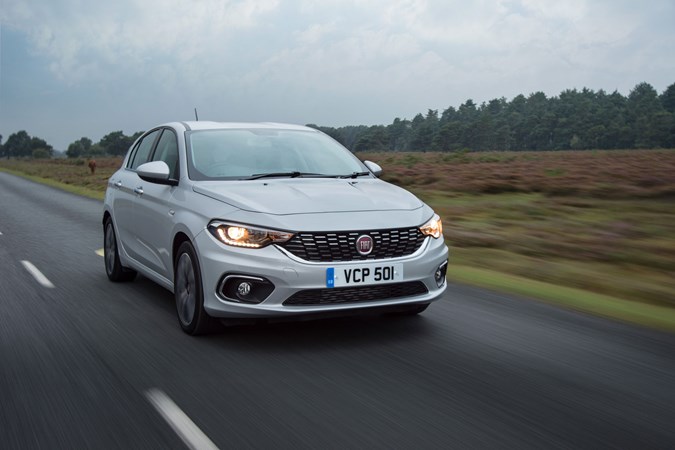
Servicing and warranty
With three years and 60,000 miles of warranty coverage, Fiat’s firmly in average territory. Bodywork cover is for eight years. Servicing varies by model, and there are no unusually short or long intervals in the range; you can purchase a three-year servicing plan for a relatively low cost, and on older cars you get extended roadside assistance cover with main dealer servicing, up to 15 years old.
Reliability
- Fiat’s reliability record is patchy
- Tipo seems to be one of the better ones
- A couple of recalls, but no consistent issues
Fiat’s reputation for reliability hasn’t always been great, but just as the original Tipo marked a significant leap forward in quality, the current Tipo benefits from a programme of steady improvement. It’s one of Europe’s most popular cars in this class, even if you don’t see that many in the UK, and the fundamentals are strong.
There have been a couple of recalls though – for airbags, most used examples will have been corrected by now. Some aspects of the interior don’t feel particularly well made, either, but on the whole there are no particular reliability concerns around the Tipo beyond the usual diesel emissions system components that need replacement with age.
Ongoing running costs
| Road tax | £20 - £215 |
|---|---|
| Insurance group | 6 - 16 |
Get an insurance quote with

|
|


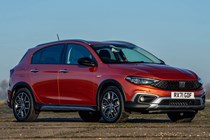
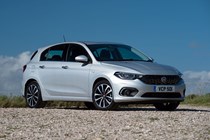
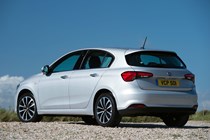
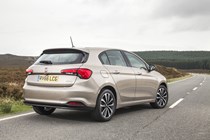



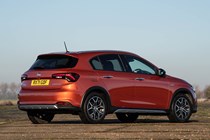
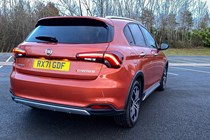
.jpg)
.jpg)
.jpg)
.jpg)
.jpg)
.jpg)
.jpg)
.jpg)
.jpg)
.jpg)
.jpg)
.jpg)


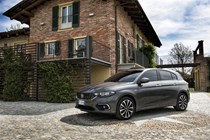




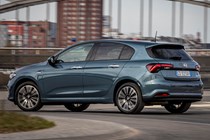
.jpg)
.jpg)
.jpg)
.jpg)
.jpg)
.jpg)
.jpg)
.jpg)
.jpg)
.jpg)
.jpg)
.jpg)
.jpg)
.jpg)
.jpg)
.jpg)
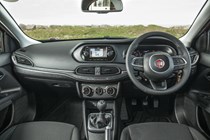
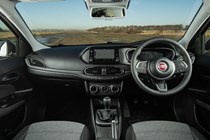
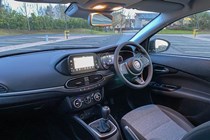
.jpg)
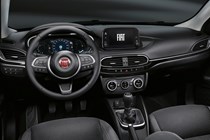
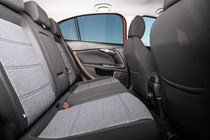

.jpg)
.jpg)
.jpg)
.jpg)
.jpg)
.jpg)
.jpg)
.jpg)
.jpg)
.jpg)
.jpg)
.jpg)
.jpg)
.jpg)
.jpg)
.jpg)
.jpg)
.jpg)
.jpg)
.jpg)
.jpg)
.jpg)
.jpg)
.jpg)
.jpg)
.jpg)

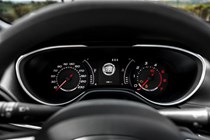
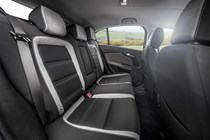
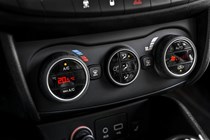
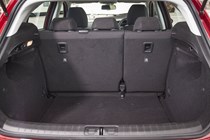

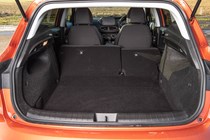
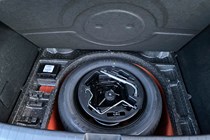
.jpg)
.jpg)
.jpg)
.jpg)
.jpg)
.jpg)
.jpg)
.jpg)
.jpg)









.jpg?quality=50)
.jpg?quality=50)
.jpg?quality=50)
.jpg?quality=50)
.jpg?quality=50)
.jpg?quality=50)
.jpg?quality=50)
.jpg?quality=50)
.jpg?quality=50)
.jpg?quality=50)
.jpg?quality=50)
.jpg?quality=50)








.jpg?quality=50)
.jpg?quality=50)
.jpg?quality=50)
.jpg?quality=50)
.jpg?quality=50)
.jpg?quality=50)
.jpg?quality=50)
.jpg?quality=50)
.jpg?quality=50)
.jpg?quality=50)
.jpg?quality=50)
.jpg?quality=50)
.jpg?quality=50)
.jpg?quality=50)
.jpg?quality=50)
.jpg?quality=50)



.jpg?quality=50)



.jpg?quality=50)
.jpg?quality=50)
.jpg?quality=50)
.jpg?quality=50)
.jpg?quality=50)
.jpg?quality=50)
.jpg?quality=50)
.jpg?quality=50)
.jpg?quality=50)
.jpg?quality=50)
.jpg?quality=50)
.jpg?quality=50)
.jpg?quality=50)
.jpg?quality=50)
.jpg?quality=50)
.jpg?quality=50)
.jpg?quality=50)
.jpg?quality=50)
.jpg?quality=50)
.jpg?quality=50)
.jpg?quality=50)
.jpg?quality=50)
.jpg?quality=50)
.jpg?quality=50)
.jpg?quality=50)
.jpg?quality=50)








.jpg?quality=50)
.jpg?quality=50)
.jpg?quality=50)
.jpg?quality=50)
.jpg?quality=50)
.jpg?quality=50)
.jpg?quality=50)
.jpg?quality=50)
.jpg?quality=50)